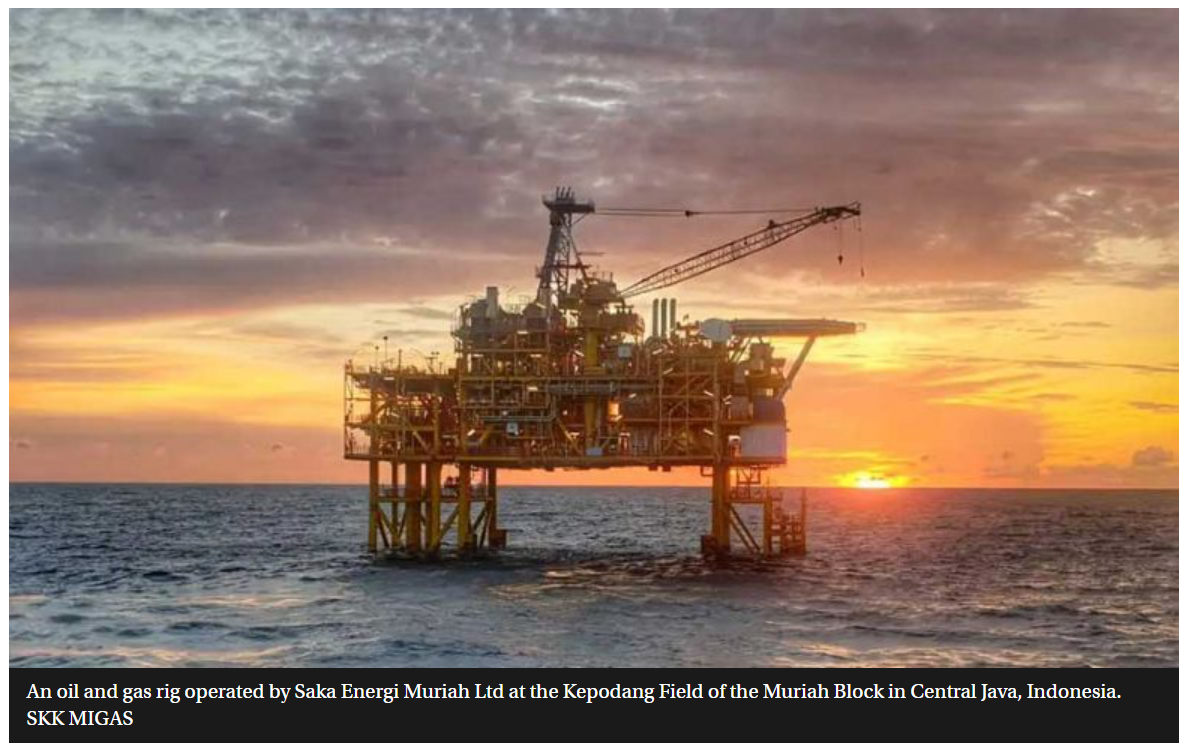Doubt cast over projected Indonesia oil, gas demand growth
Indonesia’s Upstream Oil and Gas Special Regulatory Taskforce (SKK Migas) has projected a significant increase in the Southeast Asian country’s oil and gas consumption over the next decades, but whether this will happen depends largely on the transportation sector.
Institute for Energy Economics and Financial Analysis (IEEFA) analyst Elrika Hamdi said whether oil consumption would rise in the long run depended on the government’s ability to transform Indonesia’s transportation system.
Given that the lion’s share of oil consumption comes from the transportation sector and a transition to new and renewable energy is underway, this sector should strongly affect future oil demand.
“Oil and gas forecasts are … volatile and depend on growing demand,” Elrika told the Jakarta Post on August 20.
Should the planned electrification of transportation make fast progress, she added, there would be no significant increase in oil consumption.
In 2018, the transportation sector in ASEAN consumed 141 million tonnes of oil equivalent, almost the same amount as the total energy consumed by Indonesia, according to data from the ASEAN Centre for Energy (ACE).
Indonesia’s oil consumption is forecast to more than double to 3.97 million barrels per day (bpd) in 2050, according to SKK Migas data, while natural gas consumption is expected to more than quadruple to 26,000 million standard cubic feet per day (mmscfd).
SKK Migas head Dwi Soetjipto presented on August 19 a projected rise in oil and gas consumption as a key opportunity for domestic banks.
“There is a common spirit between the upstream oil and gas industry and the national banking industry to work together going forward,” he said at a virtual webinar, explaining that meeting the country’s energy needs would require large investments.
However, in attracting upstream oil and gas investments over this decade, SKK Migas sees a global shift to renewable energy as a key challenge.
Oil and gas investment amounted to $4.92 billion in the first half of this year, according to SKK Migas data, which is only 39.7 per cent of the $12.38 billion targeted in the 2021 state budget for the full year.
“For this reason, we need the national banking sector’s support in financing upstream oil and gas investments,” Dwi said, also on August 19.
SKK Migas business strategy, risk management and taxation head Eka Bhayu Setta on August 19 said national banks could engage in abandonment and site restoration (ASR) funding and act as trustees or paying agents.
The total ASR budget had reached $2.5 billion and continued to rise, he said, offering good prospects for the national banking industry to get involved in upstream and oil and gas activities.
“There are huge opportunities in investment and project financing to support the upstream oil and gas sector,” said Agus Noorsanto, institutional affairs and state-owned enterprises director at state-owned Bank Rakyat Indonesia (BRI).
The role of the banking sector in boosting oil and gas production remained crucial, Elrika added, but national banks’ current liquidity would not be sufficient to cover the entire upstream oil and gas sector needs.
“[They will] have to syndicate with foreign banks,” she said.
THE JAKARTA POST/ASIA NEWS NETWORK


 Thailand
Thailand




